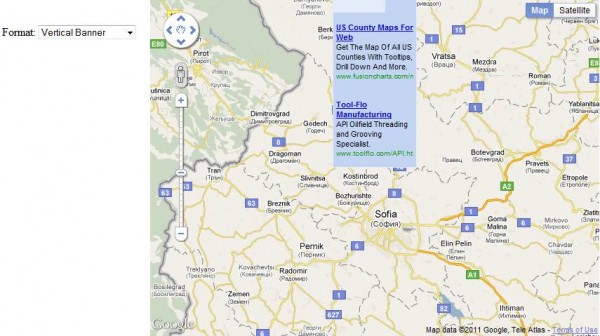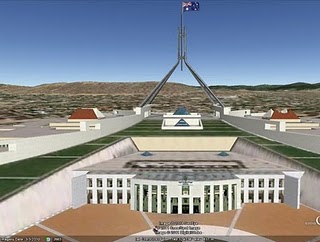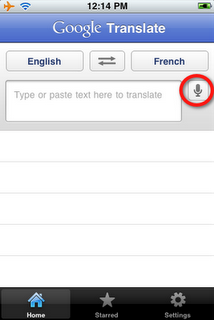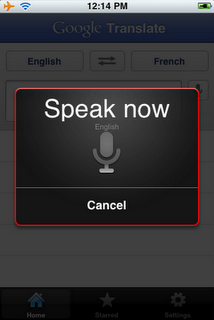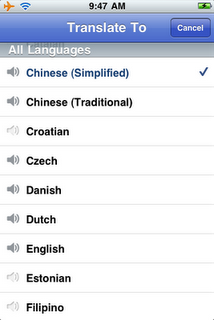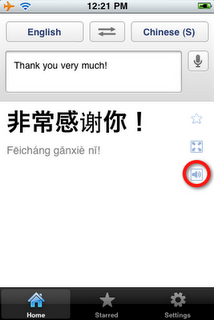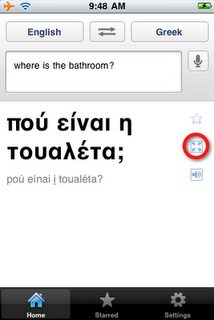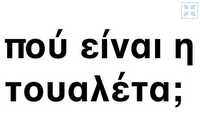Many existing websites that use the Google Maps API also use Google AdSense to monetize their site. AdSense uses the content of pages to determine the best ads to show for that audience. However there is valuable additional context offered by the location of the map. When a map is centered on the Napa Valley for example, ads relating to wineries may be more relevant.
In response to this we are happy to bring AdSense for Maps to Maps API v3. The Maps Ad Unit overlays a set of AdSense ads on the map, in any of the supported formats. You can control where on the map the ads are placed, and the ads shown are based on the current map location. It is a simple way to monetize your maps with unintrusive and relevant advertising.
To use the Maps Ad Unit you must have an AdSense account that is enabled for AdSense for Content. If you do not have an AdSense account, you will need to sign up by filling in this form. Once you have received your AdSense publisher id, take a look at the documentation to see how to add the Maps Ad Unit to your Maps API application. As always if you have any questions or need help, we recommend posting to the Maps API v3 forum.
You may also notice that we’ve given the map type control and Google logo a refresh in this release. The new map type control is more compact and extensible, easier to use on touch screen devices, and consistent in look and feel with our other controls. We hope you like it!
